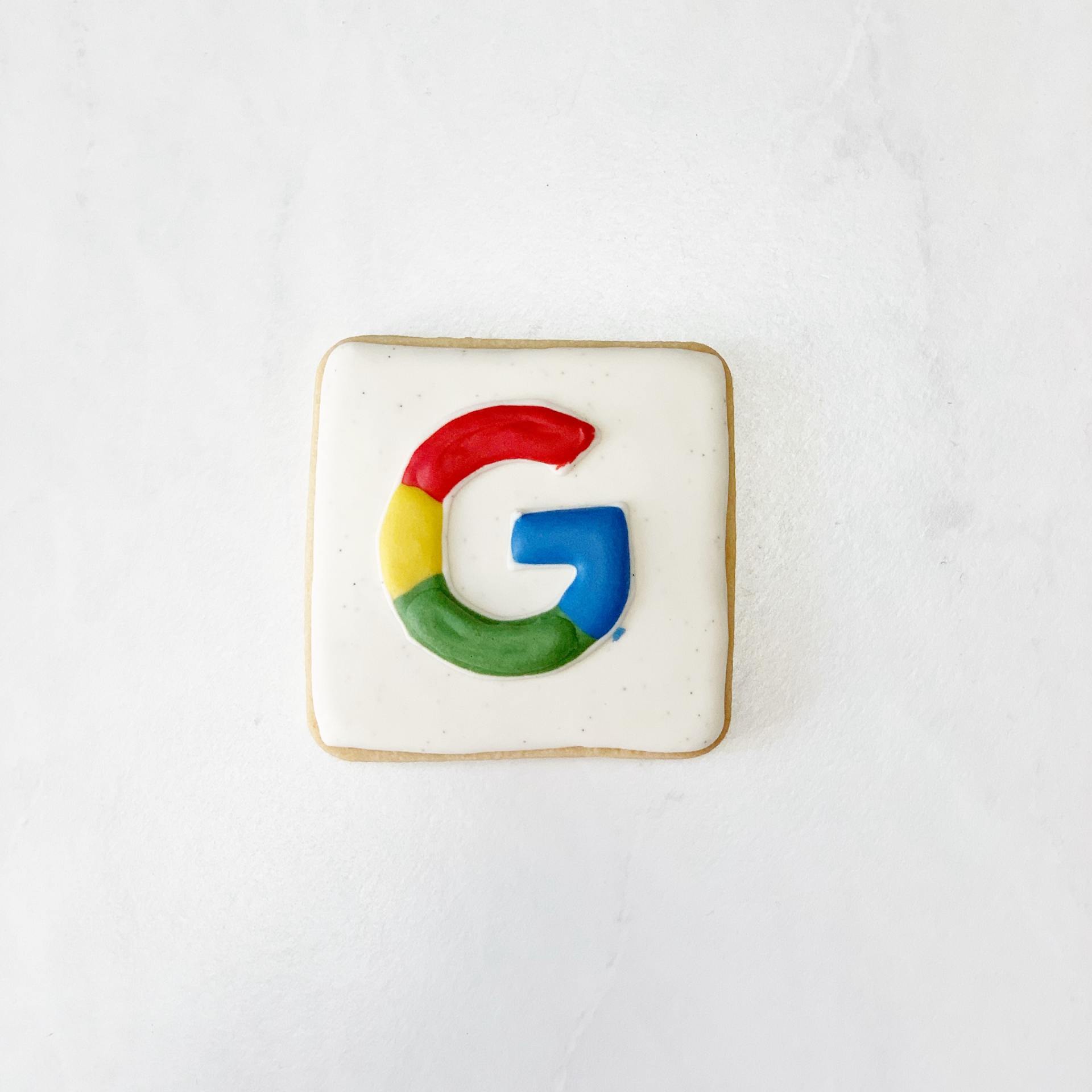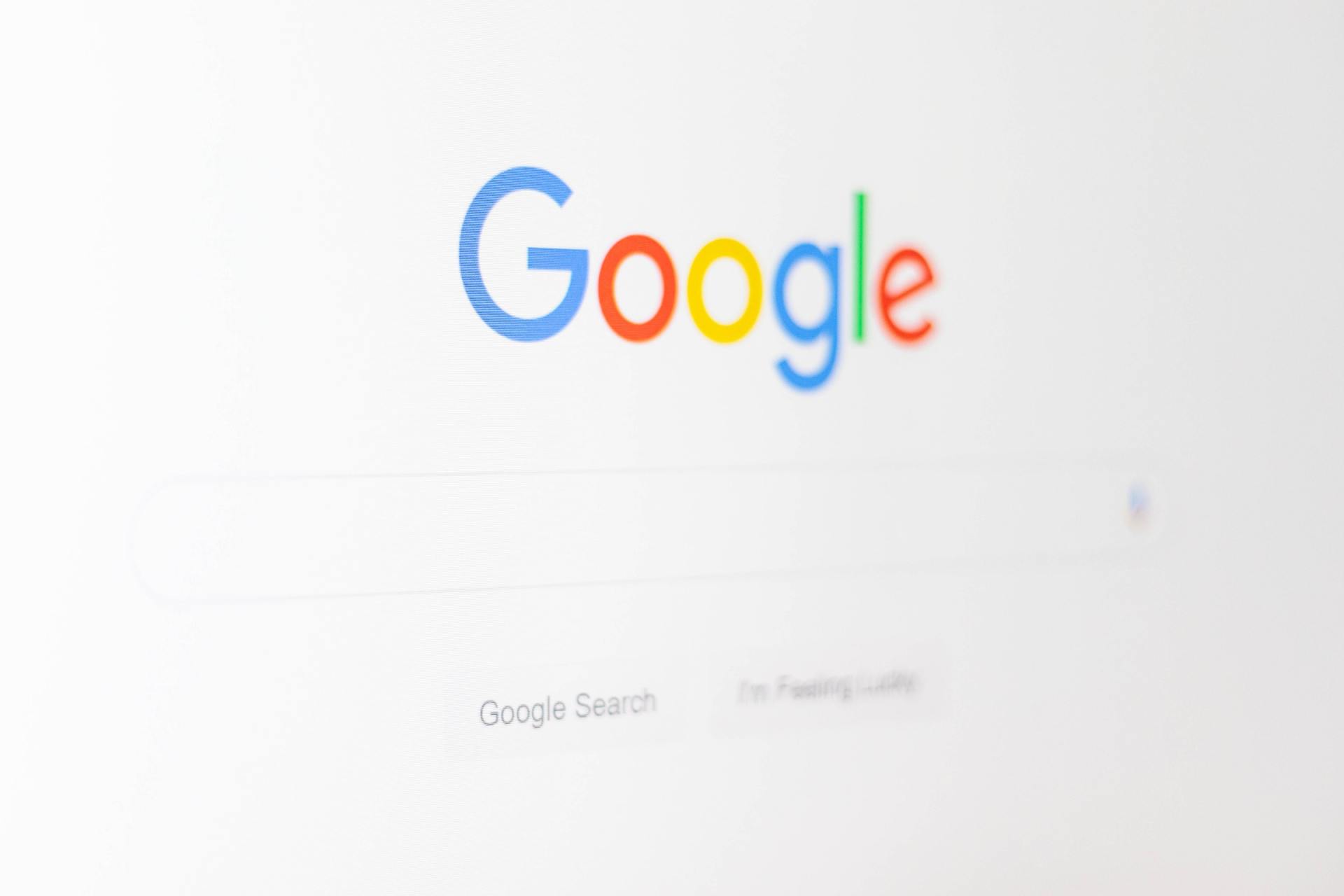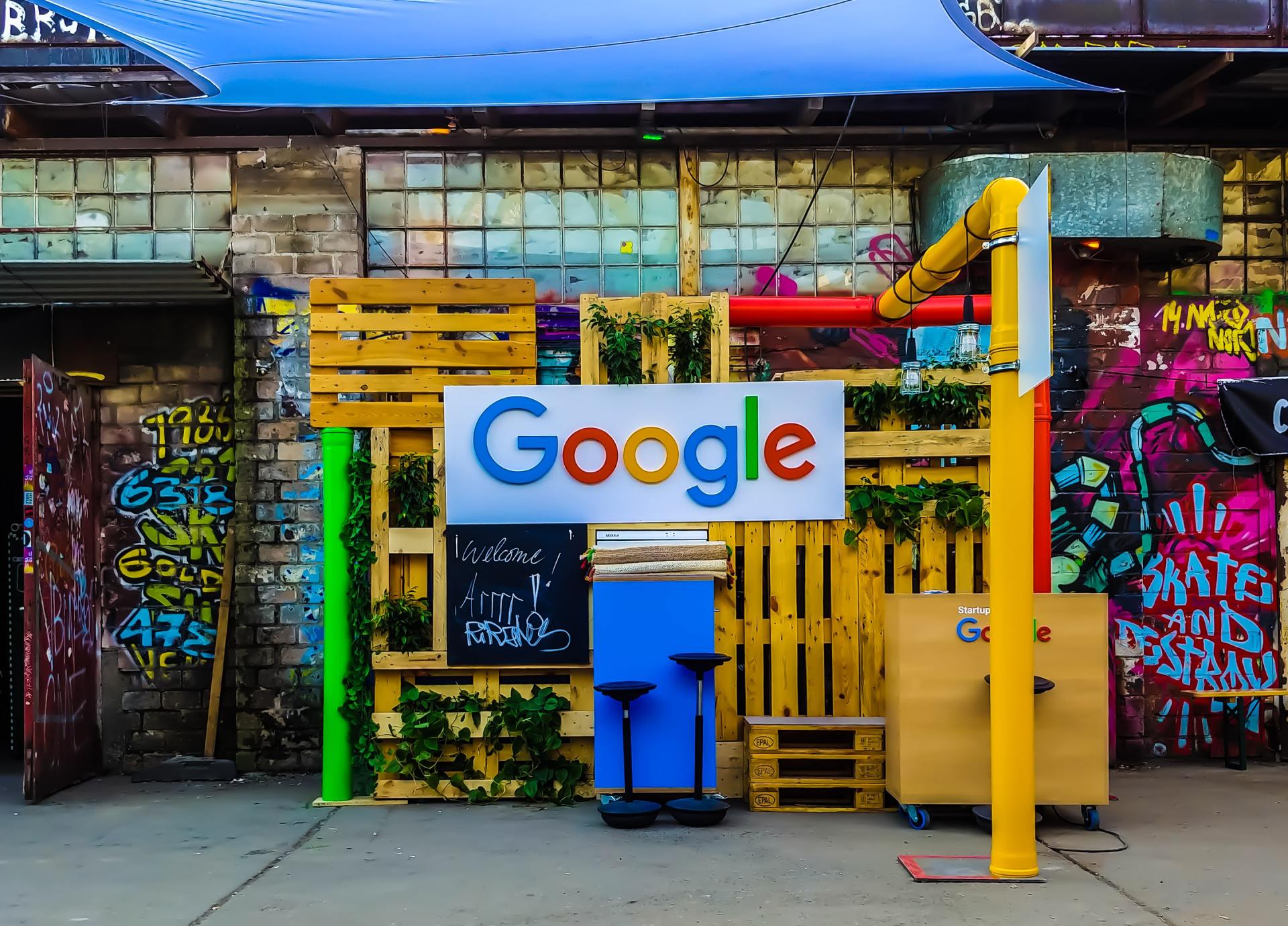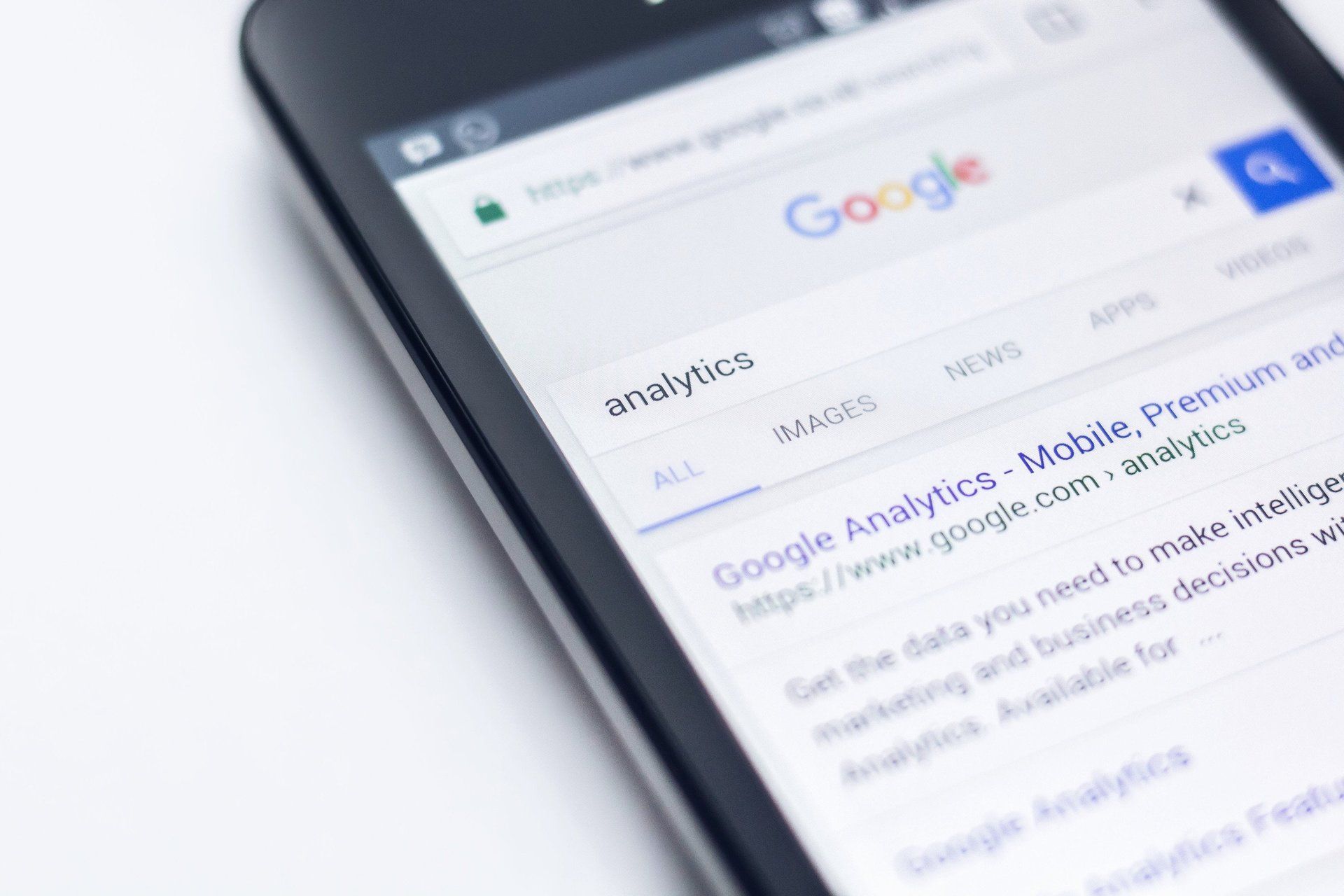How to make GoogleAds work for you
If you’re planning to spend money on advertising your products or services to your target audience, there can be few better places to start than Google Ads (which was previously known as Google Adwords).
The figures are mindboggling – 246 million unique visitors, 3.5 billion daily interactions and an estimated return on investment of 700%.
Here we will tell you how to get started with advertising on Google and how to optimise your advertising campaigns to get the very best results.
Photo by John Schnobrich on Unsplash
What’s so great about Google Ads?
If those numbers aren’t enough to convince you, the best thing about Google Ads is how targeted you can make them. It stands to reason that the more focused your campaigns are, the more clicks you will generate and the more sales you should make.
Google Ads is a pay-per-click (PPC) platform, in which the advertiser (you) pays per click on each of your ads.
When people are searching for products like yours, Google Ads brings good quality traffic to your business. With Google Ads, you can achieve everything from more online sales to more visits to your physical store.
Google Ads displays your adverts to potential customers who are interested in your product or service.
Advertisers bid on particular search terms and keywords and the winners of that bid will have their ad placed at the top of a search results page or on relevant websites or YouTube videos.
Google Ads helps you to create and share well-timed adverts to reach your target audience.
This means your business or your products will show up on a prospective customer’s search engine results page when they are looking for products like yours.
Google Ads can work for you no matter what the size of your business or the size of your budget, as you tailor your adverts to fit your budget.
Just set a budget and the Google Ads tool will make sure you stay within your monthly cap. You can even stop or pause your campaign at any time.
Google Ads have a click-through rate of nearly 8%.
For visitors who are ready to buy, Google gets 65 per cent of all clicks, so it really does work better than any of the alternatives out there. If you’re not sure whether it is worth the investment, bear in mind that advertisers make on average seven or eight times what they spend on Google.
Why your Google Ads may not be working
If you’ve tried Google Ads in the past and they haven’t worked out for you, there may be a very straightforward explanation – and it’s not too difficult to put it right.
Here’s some of the reasons why your Google Ads may not be working:
- Vague keywords – you have to get your keywords just right, which is why it is so important to test and tweak your adverts. If your keywords are too broad or too vague, Google will show your ads to the wrong people – meaning fewer clicks and a higher proportional spend for you. Look at which keywords are getting clicks and which aren’t and adjust them so that your ads really work for your target audience. Don’t expect miracles overnight, but by adding, removing and changing your keywords, you will eventually get it right.
- Irrelevant adverts – if your adverts don’t meet the searcher’s requirements, you won’t get enough clicks for your spend. To get the clicks, your copy and headline need to match your keywords and your product or service needs to solve the audience’s problem. Again, it may take a few adjustments, but once you’ve got it right, you should see a big improvement in your results.
- Inadequate landing page – once a visitor has clicked your ad, you are halfway there. But if they are disappointed by what they see on your landing page – whether that is poor quality images, inadequate copy or an unclear path to conversion/ making a purchase – your work to improve your ads is wasted. Your landing page should use the same keywords as your adverts, solve the visitor’s problem and have a clear path to your payment pages.
- Low Quality Score – Google gives all ads a Quality Score, which determines where they will rank it. The higher your score, the higher your ad will appear on searches. A low Quality Score will mean less people see your ads, so less chances for clicks and sales. Google will tell you your score, but you need to work to improve it yourself.
What does it all mean?
Whether you are setting up Google Ads for the first time or trying to improve on existing ads, there is some terminology used by Google that it is useful to understand. Some of these terms are unique to Google Ads, while others are more general terms applied to all pay-per-click advertising. They are:
Which is the best sort of ad for me?
Google Ads isn’t just about search ads (the ones displayed with organic searches on Google), it offers a range of different forms of advertising. So which would be the best for your business?
- Search ads – are good because they appear where most people look for their information – on a Google search. They are text adverts which appear in the same format as organic search results, with the only difference being the small ‘ad’ label.
- Responsive search ads – are next level search ads, which allow you to enter multiple versions of the same advert, so that Google can select the best version to share with your target audience, with the aim of getting the most clicks.
- Display ads – a huge network of websites, across a variety of industries, has opted in to the Google Display Network, to share Google Ads on their sites. Adverts tend to be larger and image-based, drawing the eye away from the website content. For the website owner, they get paid for every click on the ads and for the advertiser they are reaching an audience in their niche market.
- Video ads - video ads are an appropriate choice for bigger companies and high-end products. Adverts appear before or after a YouTube video, giving the viewer little choice but to watch. (Don’t forget that YouTube is a search engine in itself.)
Things to remember when setting up your ads
When you first set up your Google Ads, you will select a location where your advert will be shown. If you have a single physical shop, your location would be a reasonable physical location around your business – which might be five miles for a takeaway, 20 miles for a hairdresser or 50 miles for a furniture store. If you have an ecommerce business, your location should be anywhere you deliver to – whether that is Gloucestershire, the UK or worldwide.
If you own a beauty salon in Cheltenham, someone in Aberdeen that enters ‘beauty salon’ into Google won’t see your advert, regardless of your AdRank. Google is dedicated to showing the most relevant search results at all time.
Keywords
Before placing your ad, you need to select the keywords you wish to rank for. Spending time in advance researching keywords is important as it will help you reach the right people and increase your clicks. Keywords can be a single word or a short phrase (one to five words is usual).
You don’t have to get your keyword spot-on, as Google allows a little space for the broad meaning of the phrase – this is called match types. There are four different match types to choose from:
- Broad match – broad match is the default setting that uses any word in your keyword phrase in any order. So ‘beauty salon in Cheltenham’ will match ‘beauty salon’ and ‘salon Cheltenham’.
- Modified broad match – allows you to highlight a word within your keyword phrase as being particularly important by denoting it with a + sign. So any search will include that word at the very least. So ‘+beauty salon in Cheltenham’ could turn up ‘beauty tips’, ‘beauty salon in Gloucester’ or ‘hair and beauty’.
- Exact match – will match with searches only with the exact words in the exact order as your keyword phrase, so ‘beauty salon in Cheltenham’ won’t show up in searches for ‘beauty salons in Cheltenham’ or ‘beauty salon in Gloucestershire’.
- Phrase match – includes all of the words in your keyword phrase in the right order, but may also include additional words before or after it, so ‘beauty salon in Cheltenham’ could ‘include hair and beauty salon in Cheltenham’ or ‘beauty salon in Cheltenham and Gloucester’.
If you’re not sure which of these keyword match types will work for you, start with a broad match and modify it to a more narrow approach (phrase match or exact match) to find out what sort of query gives you the best results.
Headline and copy
It seems obvious, but your headline and copy can be the difference between a visitor clicking on your ad or a competitor’s, so you need to get them right. Your headline and copy need to be aligned with both a visitor’s intent (an answer to their question or problem) and the keywords you want to rank for.
Say that your company is called ‘Soccer kids’ and you provide ‘Fun football for toddlers in Gloucestershire’. You need to use your very limited space to convey this essential information and connect with your target audience. Using the keywords ‘football for toddlers’ in the headline instantly shows visitors that the ad matches what they are looking for. It tells us it’s the best option for football sessions for toddlers, because they are in Gloucestershire and not London or Aberdeen.
Your brief description below the headline can answer other questions, using words like: Ball skills using fun games to build confidence in boys and girls. From the description, visitors know that the sessions are fun and without pressure, but that participants will increase their skills. They also know that sessions are open to both girls and boys.
This kind of copy will get you the clicks you are looking for, but conversions will only happen if your landing page matches the copy and builds on the information available from your ad.
Google Ads retargeting
If a visitor clicks on your ad, goes through to a landing page and doesn’t buy or convert, all is not lost! Because Google Ads retargeting is a way for your adverts to effectively follow people around the internet. If a user has shown an interest in your football sessions for toddlers, but not yet converted, tracking cookies will follow them when they visit different sites in any niche and target them again with your ads. This is effective because research shows that prospects need to see your online marketing around seven times before they become a customer.
Setting up your Google Ads
If this all sounds complicated, it isn’t! In fact, setting up your paid campaign on Google is easy and quick, as long as you have your advertising copy and images ready to go.
Go to the Google Ads site and click ‘Start now’. From there you will be taken through a series of steps to get your adverts live, which should take no longer than 10 minutes.
In addition, there are extra steps you could take to make sure that your adverts are optimised and trackable. You will follow these steps after you have submitted your initial adverts for review:
- Link Google Analytics – you probably already have Google Analytics linked to your site and you need to link it to Google Ads too. This will make tracking, analysing and reporting much easier.
- Add UTM codes – UTM codes are the part of a URL that follows a question mark. They track activity related to a specific link eg which offer or ad led someone to convert, so you can track what is working most effectively and optimise future adverts and campaigns.
- Set up conversion tracking – conversion tracking tells you how many conversions or sales you’ve achieved from your ad campaigns, so you know which are the most effective .
- Integrate your ads with your CRM – as you almost certainly already use a customer relationship management (CRM) tool for your site to track, analyse and report on your data, integrating Google Ads with it will mean you can track which ad campaigns are working, so that you can continue to create relevant ads.
Bidding strategies
Once you’ve set up your ads and have got your tracking in place, you need to start bidding. Your ranking on Google Ads depends on the way in which you bid. It’s not all about how much you are willing to spend. There are a few strategies to be aware of to give you the best possible chance of ranking where you want to rank.
When it comes to bidding on your chosen keywords, you can leave Google to do it for you (automated) or you can take control yourself (manual). Automated bidding allows Google to adjust your bid based on your competitors’ bids, although you still set your budget and Google will work within it. Manual bidding lets you set individual bids for ads and keywords, allowing you to adjust the spending on particular ads.
Should you bid on your own brand? If people are searching ‘Soccer kids’, they should come up with your brand organically, without you having to pay for the search term. But on the other hand, bidding on your own brand gives you control over these searches and means you will rank higher than other organisations providing football for kids. Bidding on your own brand also prevents your competitors from bidding on it.
If you’re not sure about spending money speculatively on Google Ads, you can use cost per acquisition (CPA). This means you only pay for your advertising when a user actually converts to becoming a customer. While it could end up costing more, you will at least be reassured that you are spending money only on paying customers, which makes the spend easier to justify.
With all of this information at your fingertips, you should be ready to take the plunge with Google Ads. Remember – there is no such thing as an advert that doesn’t work, only an advert that doesn’t work as well as it could. With a bit of effort to improve your ads as you go, you should be able to create a successful campaign with Google Ads, which increase clicks and ultimately increases your conversions and sales.
More Posts.











